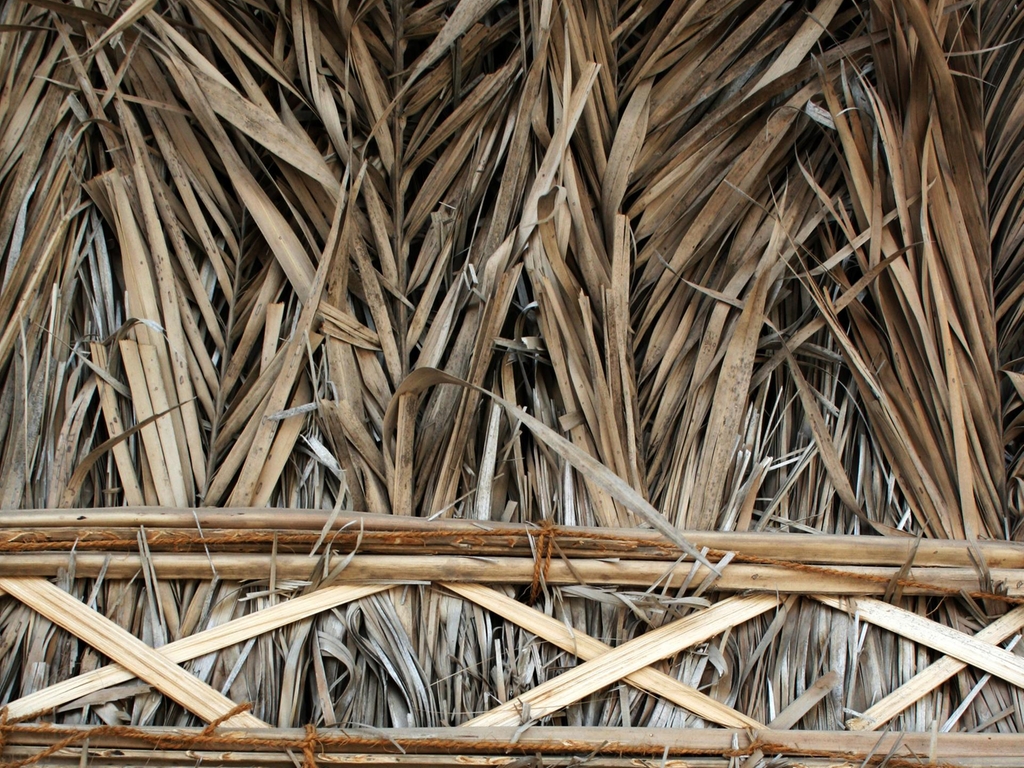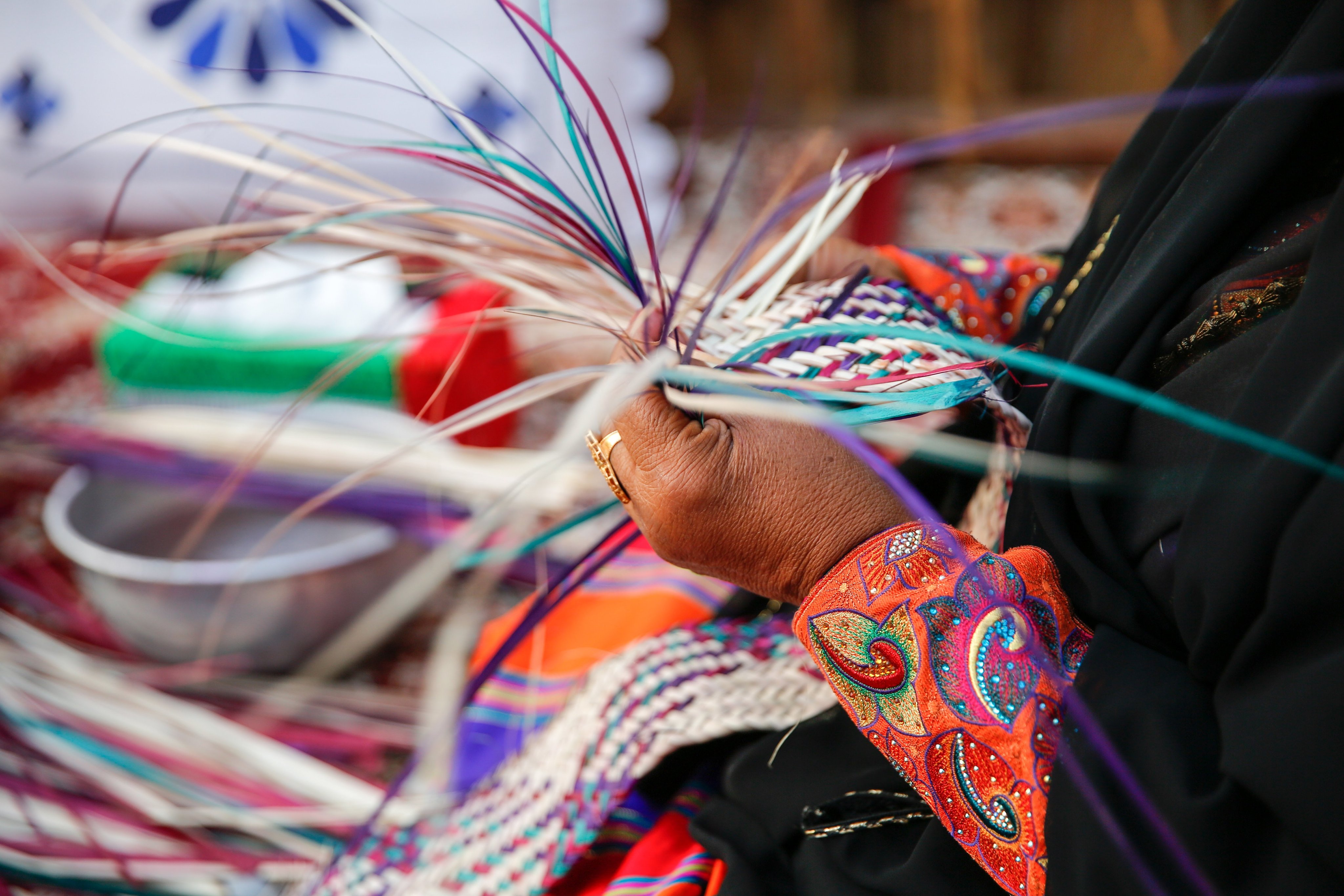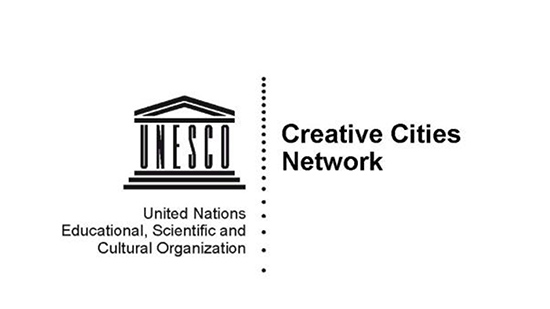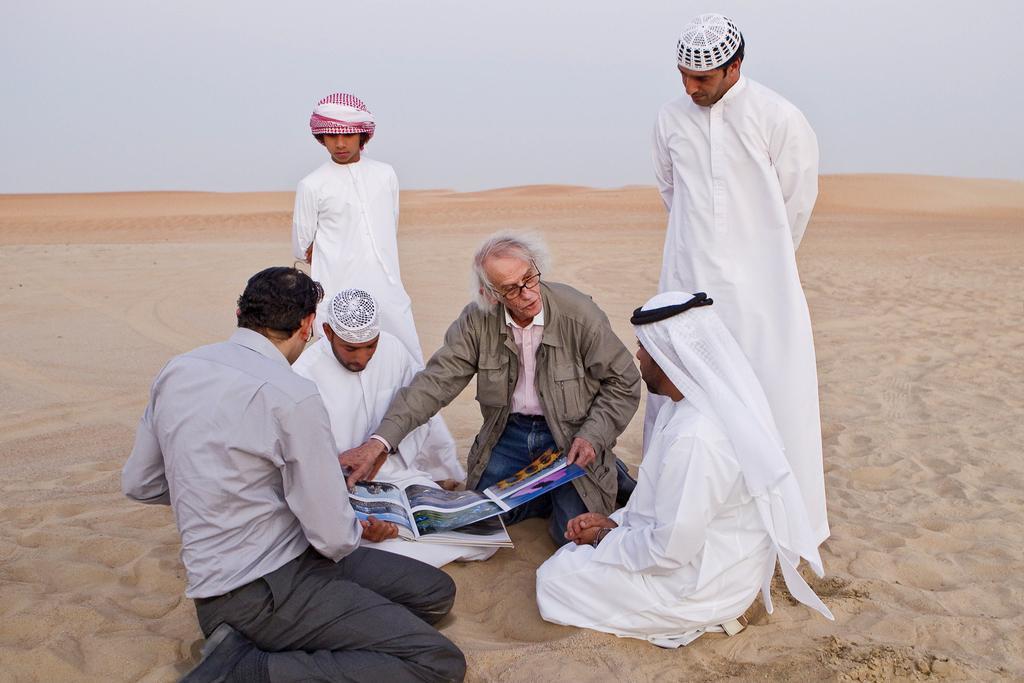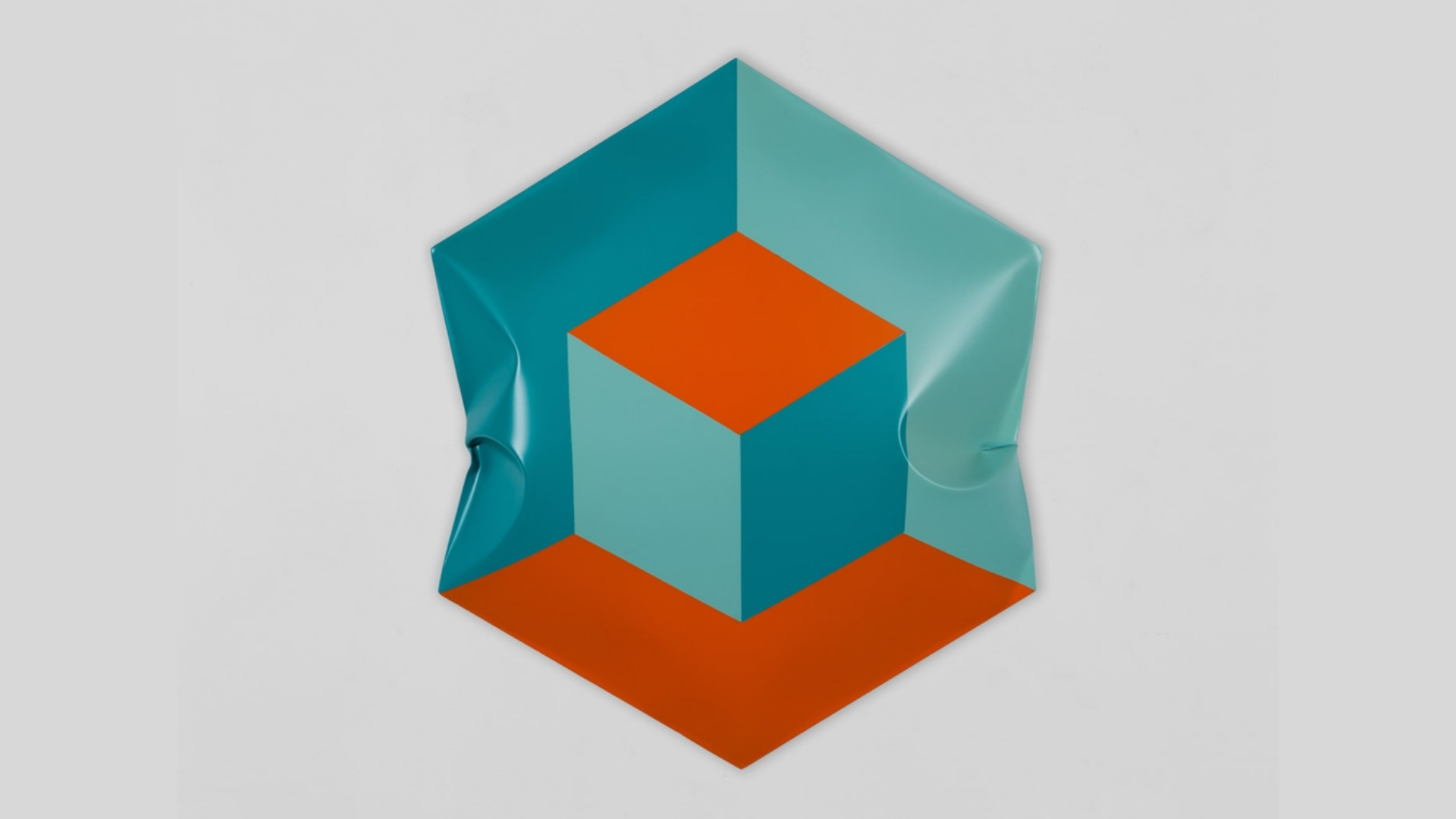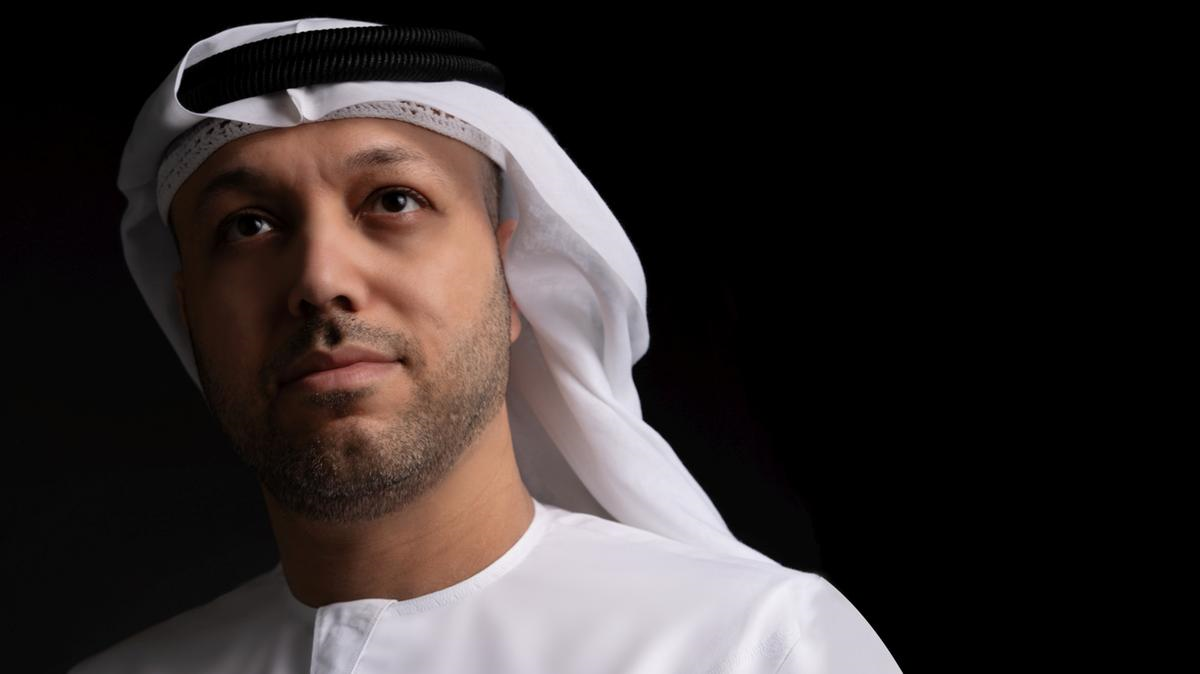Venerated in the Gulf, the date palm leaf has offered the region’s inhabitants food, shade and shelter for millennia.
Sandra Piesik, architect, researcher and author, has been studying the subject of arish – or palm-leaf architecture – since 2008. For years she has been advocating for the return of arish and the use of traditional technologies in constructing buildings and structures. Now more than ever, she says, such shifts towards vernacular architecture, which focuses on indigenous materials, can steer the Middle East towards a more sustainable future.
On Monday 20 July, Piesik will participate in Tashkeel’s Live Lectures series to outline the role of art and design in rebuilding a post-pandemic society. The lecture, titled Date Palm Universe in the Post-Covid-19 World, will explore how arish and vernacular architecture can aid a global green recovery.

“The UAE has 42 million date palm trees, and there are other similar materials that grow in the Arabian Peninsula and North Africa,” Piesik says, and that each could produce 100 dried palm leaves every year. Instead of being treated as agricultural waste, as it is now, these can be used as raw materials for arish structures.
In the 1950s, arish was a common facet of the urban landscape in the Gulf. Building houses from palm leaf was a community affair, with tribes and families working together to complete the residences. “The biggest capacity of scale you could see in pictures of Dubai and Abu Dhabi from the 1950s had 4,000 family houses housing 12,000 people in Dubai, and about 800 houses in Liwa.”
Read more on The National.
